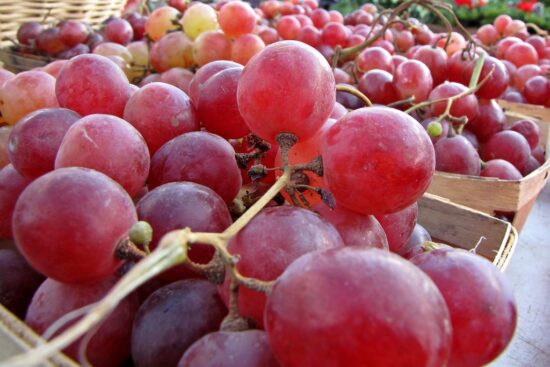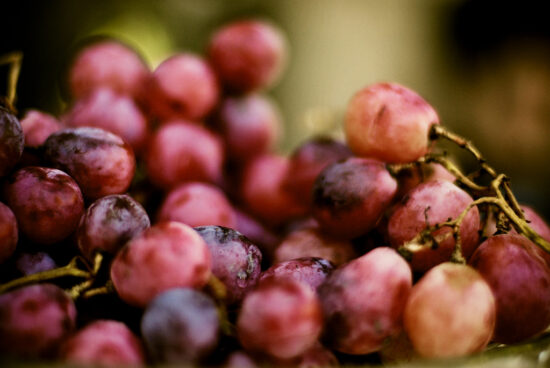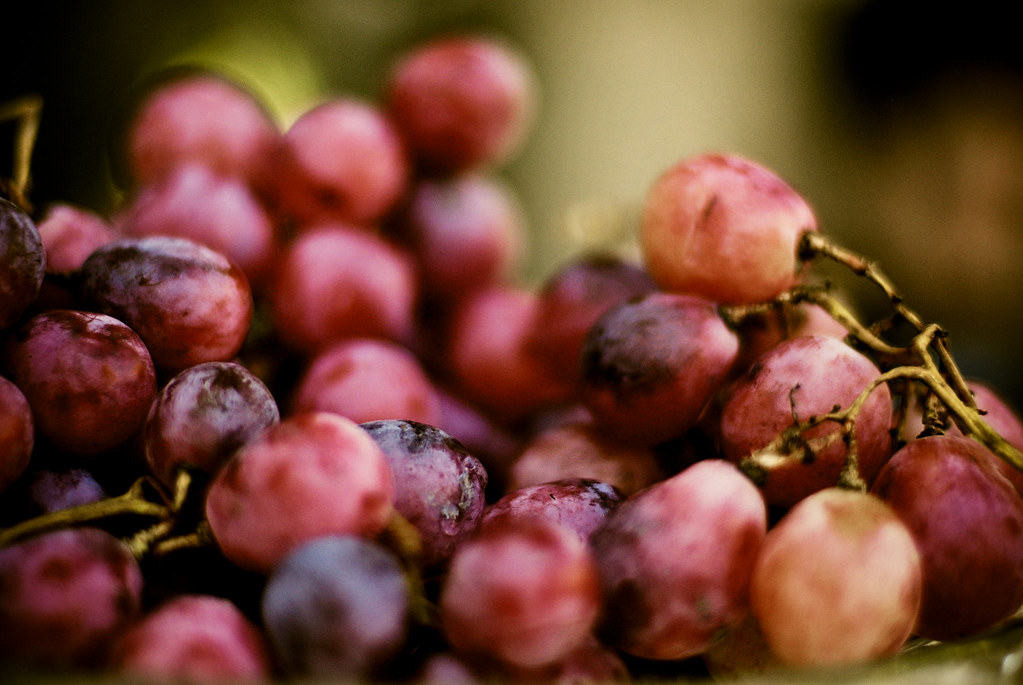Grapes are a kind of vine-grown fruit. There are various grapevine species, any plant in the genus Vitis.
You wouldn’t believe me but…
Around the world, there are around 60 to 8,000 natural grape types.
They are fruits that are primarily consumed fresh. They come in sweet, sour, and dry flavors.
The plant has an extended stem with grapes with either fully purple skin or skin that is green, red, or pink with some white grapes mixed in.
This fruit is excellent in nutritional content and offers a variety of health benefits. So, let’s explore more about the grape facts for kids!
A Quick Preview To Grape Facts
- Type: Plant
- Homeland: Middle East
- Weight: 7 grams
- Largest Produce: 71% of grapes produced are used to make wine, particularly Malbec and Cabernet Sauvignon, since differences between these two red grapes in terms of taste and other aspects are great.
- Largest Producers in the World: China, Italy, United States of America, Spain, France
- Largest Producers in the USA: California, Washington
- Annual US Production: 7.36 tons/acre
 Basic Grape Facts For Kids
Basic Grape Facts For Kids
- The grape is well-known for its cardiovascular benefits.
- They thrive on beautiful, vining fruit trees.
- Purple, black, blue, red, pink, or green grapes can be found.
- It’s a kind of berry.
- Grapes and raisins can poison dogs.
- Grapes are used in beauty products and for medical purposes other than human consumption.
Interesting Grape Facts For Kids

- They are an excellent fruit for children since they provide a lot of high-quality carbohydrates.
- Grapes’ natural sugar promotes tooth and bone development.
- They are easy to chew and are ideal for feeding and teething babies.
- Grapes are popular among children because they are a tasty treat that is easy to eat and share with others.
- They can be eaten whole, in juice or smoothie form, or prepared into jams and jellies.
- They are also beneficial to the body. They include antioxidants that protect the heart and enhance circulation while also preventing cell death and damage.
- Grapes have been demonstrated to reduce blood pressure, particularly in children with hypertension.
- They’re loaded with vitamin C and antioxidants. They can help youngsters develop more healthily while also supporting an active immune system.
- Grapes aid to increase skin suppleness, which helps to combat wrinkles and acne.
- Fiber is also included, which aids in the maintenance of regular bowel motions.
- Grape seeds include omega-three fatty acids, which are necessary for optimum brain function. Omega 3 fatty acids have also been linked to improved memory and learning.
Additional Grape Facts

- Grape production is a huge, well-developed, and popular enterprise all over the world. Vineyards cover over 25 million acres of land on the earth.
- Every year, 72 million tons of grapes are produced.
- 27% of grapes are sold as fresh fruits.
- 2% of grapes are made into raisins.
- Grapes grow on vines that can reach 50 feet in length. A single vine may generate up to 40 grape clusters.
- Large, green, and partly lobed leaves. Their edges are toothed.
- Grapevine tendrils resemble snakes. They aid the plant’s development by attaching to adjacent objects and structures.
- Grapevine has little, green blossoms that grow in bunches. Self-pollination is possible because flowers have both male (stamen) and female (pistil) reproductive organs.
- This fruit belongs to the berry family of plants. Fruit clusters are pyramid-shaped. On average, one cluster includes 75 berries. They might be elongated, rounded, or egg-shaped.
- Most grape varieties include seeds in their berries. In the production of raisins, seedless grape types are employed.
- One bottle of vine juice requires 2.5 pounds of grape.
- Ancient Egyptians were familiar with the manufacturing of wine, according to hieroglyphs found in Egyptian tombs.
- Grapes are composed of 80% water and a high percentage of nutritional fiber. It’s high in vitamins C and K, as well as vitamins from the B group. Calcium, phosphorus, potassium, and magnesium are all abundant in grapes.
- Grapes may be eaten raw in salads and drinks, both sweet and salty. Grapes may be cooked and used to make a variety of sweets. During the winter, when fresh fruit is scarce, dried grapes (also known as raisins) are particularly popular.
- Asthma, cardiac illnesses (grapes help prevent heart attacks), constipation, headaches, renal problems, and exhaustion are all treated with grapes.
- Recent scientific research shows that the juice taken from the purple-colored Concord grape can help to prevent breast cancer.
- Grape seeds include oils that are used to make skin-care products in the cosmetic industry.
- The grapevine is a perennial plant that may live for generations and yield fruit.
The Bottom Line
We have so much fresh fruit that it might be a little overpowering at times.
Green grapes, white grapes, purple grapes, seedless grapes, and I’m sure every country has its grape variety, all of which have several health advantages and provide us with a range of flavors and methods to enjoy this lovely fruit.


Leave a Reply